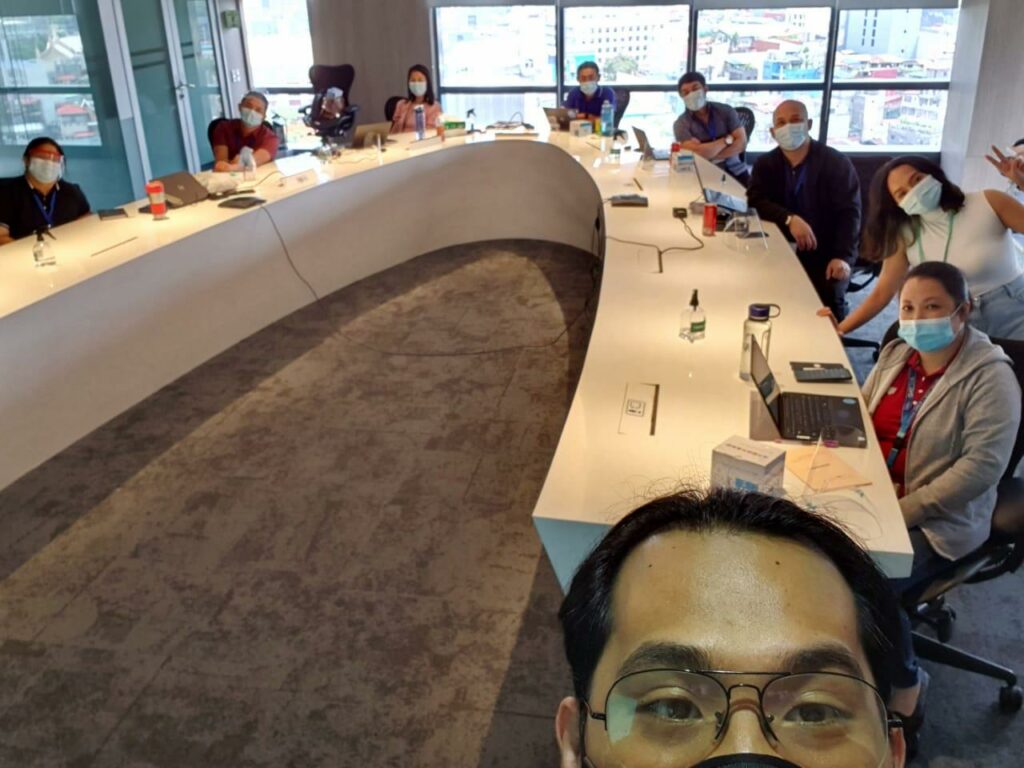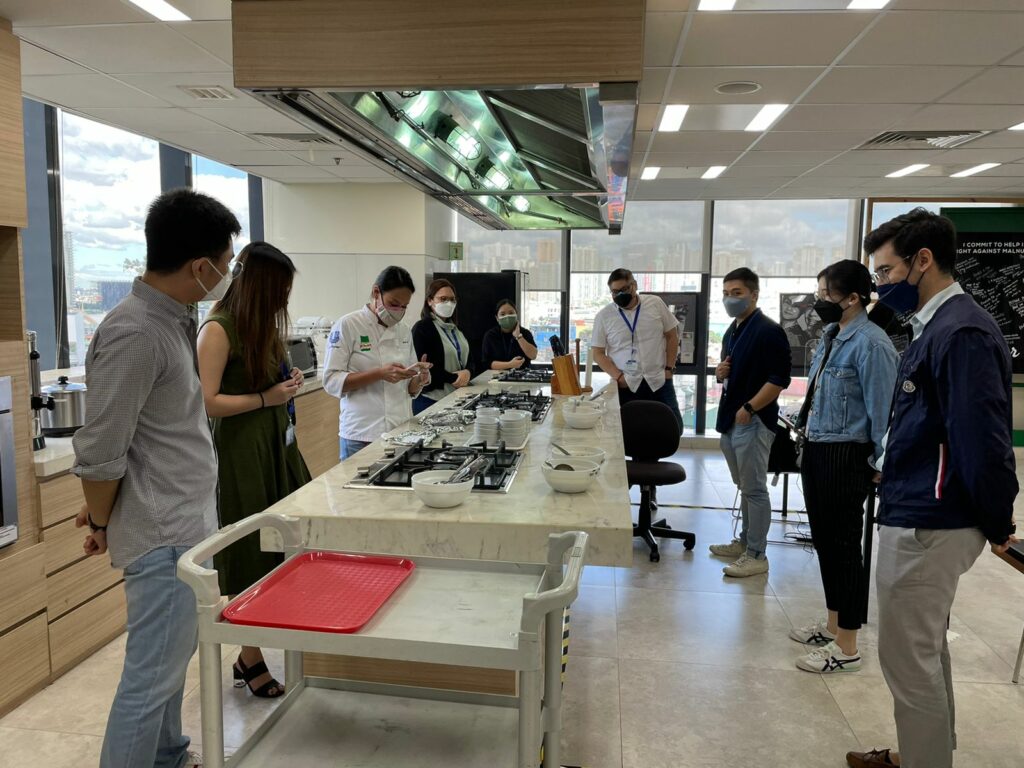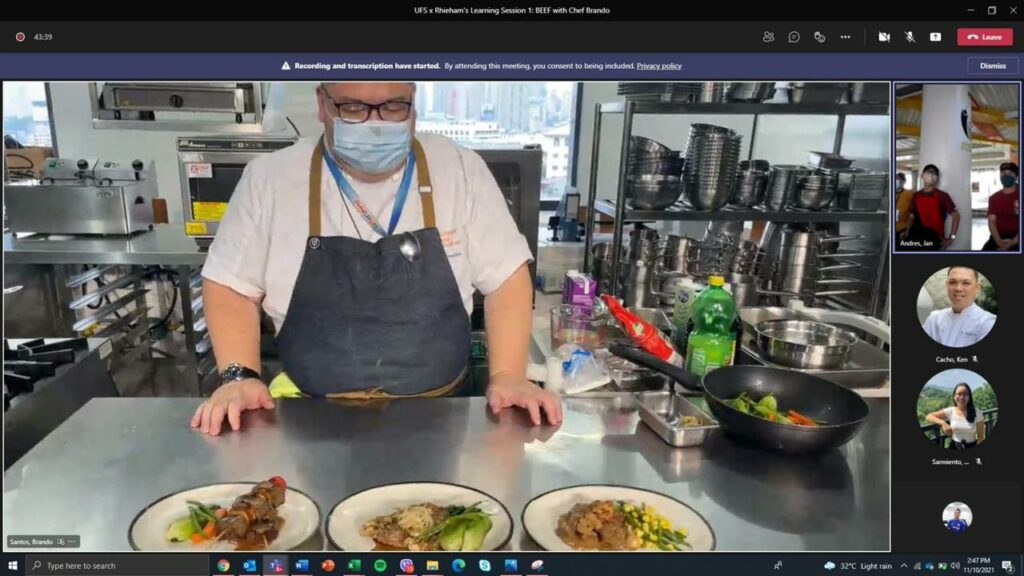
There is a need to be more agile in today’s economy. While consumers are becoming more accepting of being offered both digital and physical products and services, employees are also required to adapt to providing the same quality of work while adjusting to changes.
The hybrid set-up for work is appealing to many: There is less need for travel, you have more personal and family time in each working day, and there is the opportunity to balance the workload at your own pace.
However, the idea may be daunting to some. For those who are more used to having in-person meetings, going through paperwork page by page, and speaking to workmates directly and spending their breaks together, the hybrid setup could have been a challenging shift.
Apart from being able to provide a good salary and benefits to workers, a good company nowadays means being able to offer support for transitional changes such as learning new skills in tech and being able to access digital tools needed for a remote setup.

What’s the difference?
In the old workplace setup, everything is confined to the four walls of the office. All paperwork must be filed, all meetings must be held in a room and physically attended to, and employees need to clock in and out all at the same hour.
Meanwhile, in a purely remote setup, there is a need to learn all the functions of Zoom or another conference app in order to properly participate in a meeting, all paperwork must be done through your own office laptop or desktop, and clocking in and out means having to click a button to notify HR.
There are glaring disadvantages to both, but advantages must also be highlighted.
There is good in being able to see a person’s expression and body language when meeting with a client or co-worker in the physical office setup, and there are more interpersonal relationships built here. On the other hand, in a purely remote setup you have time to tend to your personal needs right after you clock out, without having to worry about commuting or spending for lunch and gas.
Here is where the hybrid setup comes in and why it plays an important role in today’s businesses.
The hybrid setup presents a way for employees to continue enjoying the perks they receive from working on-site and remotely. On some days, they can schedule physical meetings and meet at the same time and hour in the office. Alternatively, they can opt to setup calls with clients based abroad and still achieve the same result from their own homes.

Employers must spearhead the shift to hybrid
The real challenge is with the employers and how a hybrid setup may be considered part of its internal operations. What used to be considered a temporary shift is now to be treated as a permanent change.
While employees may be self-starters and can adapt to changes as they come, companies must be at the forefront to help upskill every employee to keep them updated with new tech and tools.
One company that does exactly this is Unilever Philippines. Through its Future Fit Agenda, the company was able to launch multiple projects to guide its employees during the shift to hybrid.
Julie Hudtohan, Unilever Philippines Vice President for Human Resources, said that there is a need to ensure productivity amidst the prolonged presence of COVID-19, while protecting lives as well as livelihoods.
“While there have been personal benefits of flexibility and reduced travel, many of us have also been plagued with distractions, struggles to delineate work from personal time, and feeling disconnected from our peers and teams. It’s time to pivot together to hybrid to get the best of both worlds,” she added.


One of its projects is U-Work, a new employment model that originated in Unilever U.K. The company recognizes that many of its employees will need to work in a more flexible way. With hybrid work as its aspiration, which entails working both from home and at the office, it recognizes that when they work is just as important as where they work.
The company shared that interested employees can transition to a U-Work arrangement where the company will pay them a monthly retainer fee and they commit to work a minimum of six weeks a year. When working, they get assignment pay and an opportunity to earn a bonus. This is on top of some benefits, including a healthcare plan and a defined contribution pension.
Unilever has made a global commitment to provide flexible employment options by 2030. It currently has other projects being offered to its employees such as Flex Experiences, Purpose Workshops, Agile Fundamentals, Servant Leadership Workshops and Always-On Digicon, and IMMAP Digicon. These aim to encourage employees to continue learning wherever they are.
While self-upskilling is an important trait to have, your workplace must also be able to support you through that change. Especially in this digital age and with the looming pandemic, support is best received from all fronts.










































